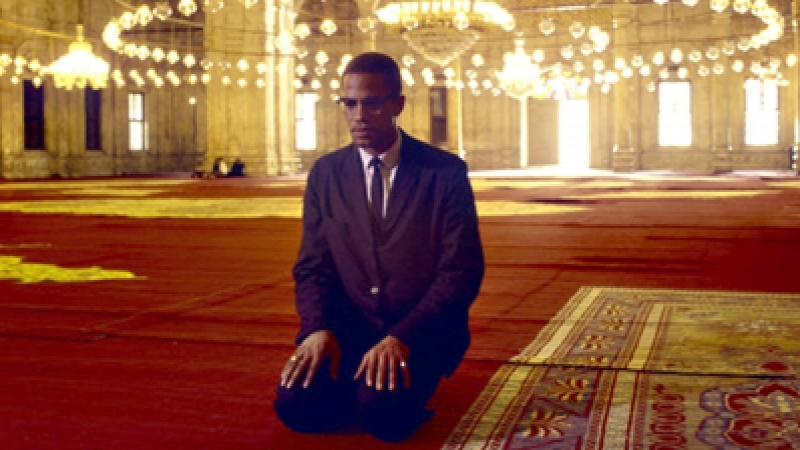At this, Muqauqis said to the delegation, “How could you agree to make him your leader and superior, whereas he ought to have been your subordinate?” To this the delegation replied, “No, despite the fact that you see him as black, he is the best among us in knowledge, in nobility, in intellect and opinion, and we do not look down upon the black man.” Muqauqis said to ‘Ubada, “Come forward, O black [man] and speak to me gently, for I fear your colour, and if you were to talk to me in a harsh tone, my distress shall be all the greater.” ‘Ubada, noticing Muqauqis’ fear of black people, said, “We have in our army a thousand people darker than me.”
Category Archives: Judges
The Islamic Origins of the Jury System
The structure of the lafif resembles the jury in nearly every detail as it appeared in England in the twelfth century. If one compares the [eight] characteristics of the English jury with the characteristics described above for the Islamic jury, the Islamic jury (1) was a body of twelve witnesses drawn from the neighborhood and sworn to tell the truth, (2) who were bound to give a verdict, (3) unanimously (and if twelve did not agree, more would be found until there were twelve who agreed), (4) about matter from what they had personally seen or heard, (5) binding on the judge, (6) to settle the truth concerning facts in a case, (7) between ordinary people, and (8) obtained as of right by the plaintiff.
